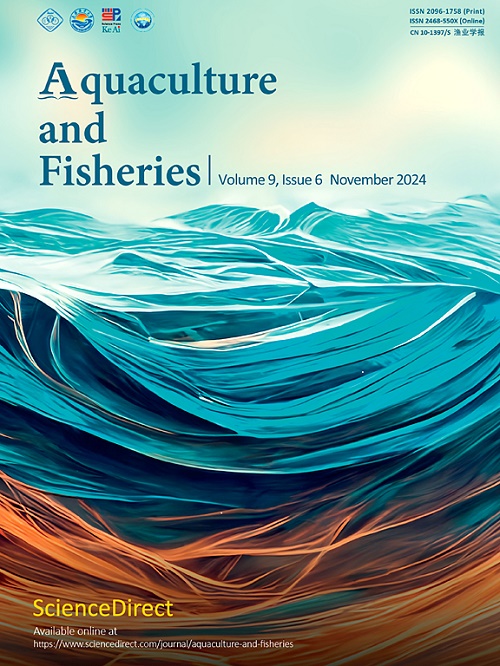The potential contribution of Indonesian fishing vessels in reducing Green House gas emission
Q1 Agricultural and Biological Sciences
引用次数: 0
Abstract
In common practices, fishing vessels' Greenhouse Gas (GHG) emission is a part of the energy sector. Annual series data show Indonesian fishing vessels are growing by more than 18,000 units/year, dominated by fishing vessels with a tonnage of less than 30 GT. A ′bottom-up' approach was applied to develop low-carbon fishing activity practices to contribute to GHG emission reduction. This study focuses on a GHG inventory of fishing vessels managed by local and central Governments, using data from fishing permits and vessel monitoring systems from 2010 to 2018. The result is expected to act as the baseline for estimating emissions of fishing vessels up to 2030. The model predicted it could be reduced in 2030 by up to 6.43 E+07 tons CO2eq (68%) for fishing vessels with a size of less than 30 GT and up to 5.80E+06 tons CO2eq (84.5%) for a larger size of fishing vessels, respectively. To achieve further mitigation targets, mixing diesel oil using 30% biodiesel should be implemented progressively by 10% annually from 2021. Concerning fisher welfare after 2015, it shows a positive trend along with energy efficiency, and it can be concluded that strategies to improve the energy efficiency of active fishing vessels should be considered urgent.
印尼渔船在减少温室气体排放方面的潜在贡献
通常情况下,渔船的温室气体(GHG)排放是能源部门的一部分。年度系列数据显示,印尼渔船每年增长超过1.8万艘,其中以吨位低于30亿吨的渔船为主。采用“自下而上”的方法开发低碳捕捞活动,为减少温室气体排放做出贡献。本研究的重点是地方和中央政府管理的渔船温室气体清单,使用了2010年至2018年捕捞许可证和船舶监测系统的数据。预计该结果将作为估计到2030年渔船排放量的基准。该模型预测,到2030年,对于规模小于30 GT的渔船,可减少高达6.43 E+07吨二氧化碳当量(68%),对于规模较大的渔船,可减少高达5.80E+06吨二氧化碳当量(84.5%)。为了实现进一步的减排目标,从2021年开始,应以每年10%的速度逐步实施使用30%生物柴油的混合柴油。2015年后的渔民福利与能源效率呈正相关趋势,提高现役渔船能源效率的策略迫在眉睫。
本文章由计算机程序翻译,如有差异,请以英文原文为准。
求助全文
约1分钟内获得全文
求助全文
来源期刊

Aquaculture and Fisheries
Agricultural and Biological Sciences-Aquatic Science
CiteScore
7.50
自引率
0.00%
发文量
54
审稿时长
48 days
期刊介绍:
 求助内容:
求助内容: 应助结果提醒方式:
应助结果提醒方式:


